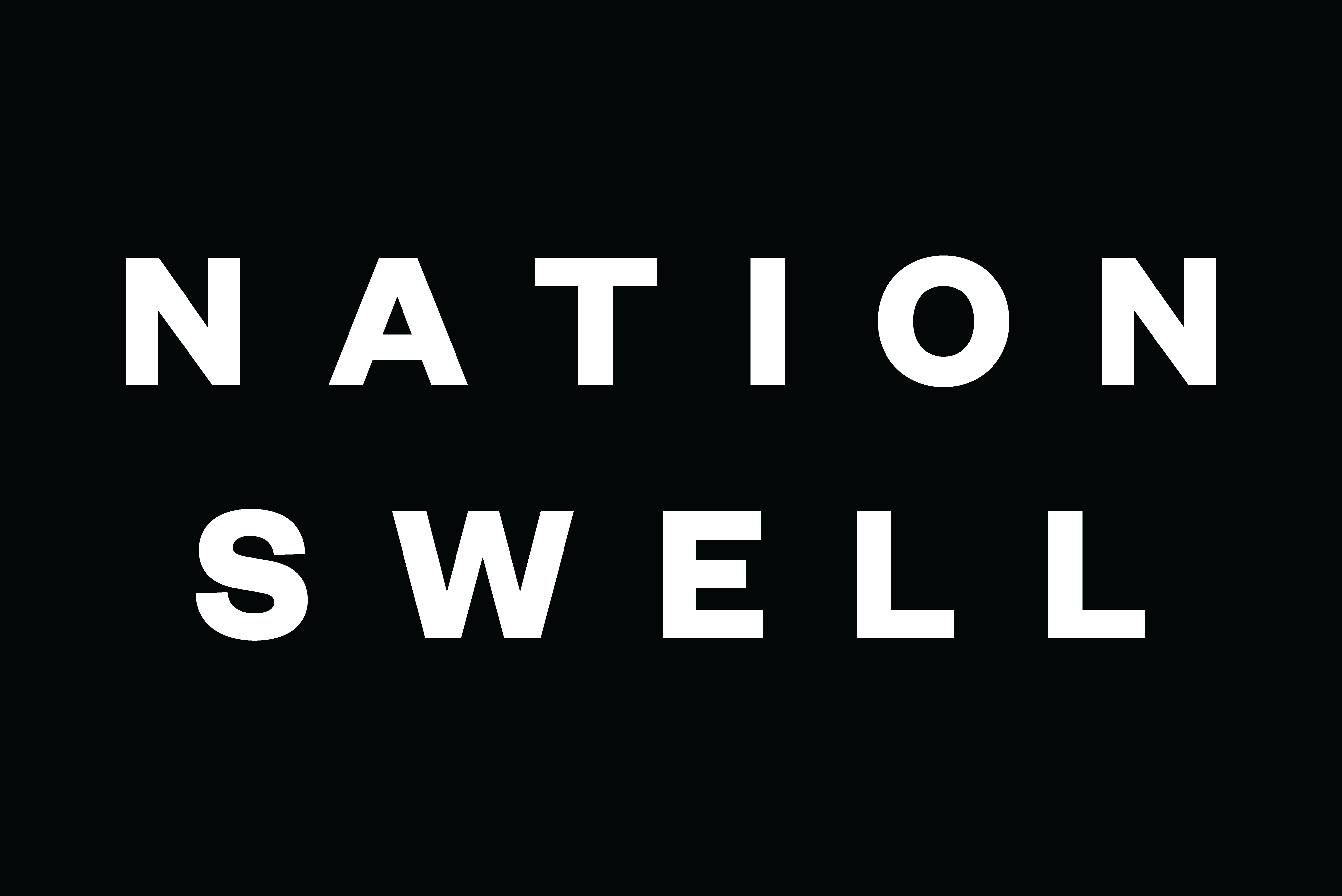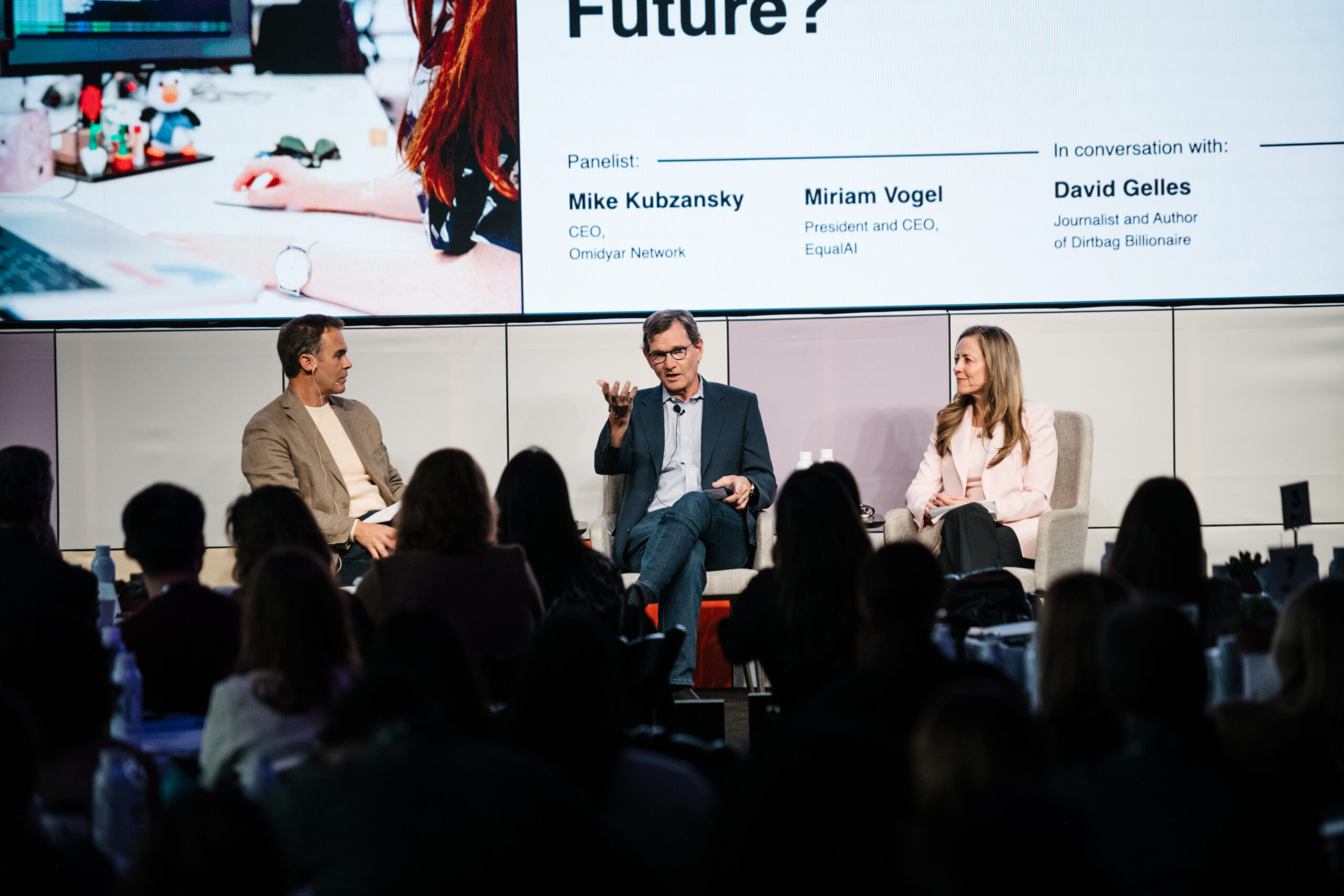Thought leadership is a potentially powerful instrument for impact leaders, servicing a range of goals like increasing credibility and exposure within an organization, advancing an ambitious goal, or influencing the direction of others in the field. But how should social impact leaders sharpen their voices and expand their platforms in a noisy environment? What outlets, formats, and stages are best for advancing their ideas and reaching the right audiences. Navigating this information environment requires clarity of message, smart positioning, and strategic amplification.
On December 9, NationSwell hosted a virtual Leader Roundtable dedicated to unpacking how members can build and elevate their thought leadership platforms. The conversation that resulted helped to simplify complex ideas, provided instruction on how to lead with empathy, and sparked fresh thinking in a complicated and evolving landscape.
Some of the most salient takeaways from the conversation appear below:
Key Takeaways:
Start by influencing one key decision-maker when proposing large-scale, systems change initiatives at your organization. Build a relationship with a strategically positioned stakeholder, learn their priorities, and frame your ideas in the language they use to make decisions.
Speak the business language to gain traction internally. Translate sustainability or impact goals into financial or operational terms so cross-functional partners can see relevance and value.
Simplify and adjust your message to your audiences. Clarify the core idea, eliminate jargon, and communicate in a way that your CEO, finance colleague, etc. can understand and replicate.
Lead with authenticity and show your humanity. Share what’s working and where you’re still learning; honest reflection builds trust and credibility far more than polished corporate messaging.
Anchor your message in emotion and empathy, not just logic. If you want to move people at scale, connect to what they care about, evoke feelings, and make the desired action personally meaningful.
Pair measurement with storytelling to move internal stakeholders. Reporting on rigorous data and outcomes builds confidence with executives, but individual impact stories are often what unlock buy-in and sustain momentum.
Use a clear, compelling call to action and amplify it. Don’t just share an idea; articulate what you want people to do next, make that action as simple as possible, and reinforce it across channels.
Don’t be afraid to disrupt familiar patterns. Fresh language, unexpected framing, or new forms of collaboration can break through cognitive fatigue and open space for people to think differently.









